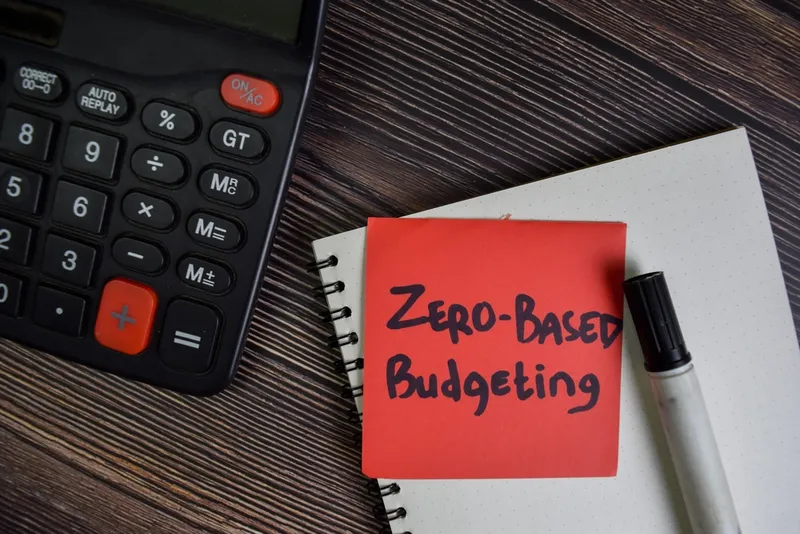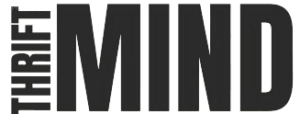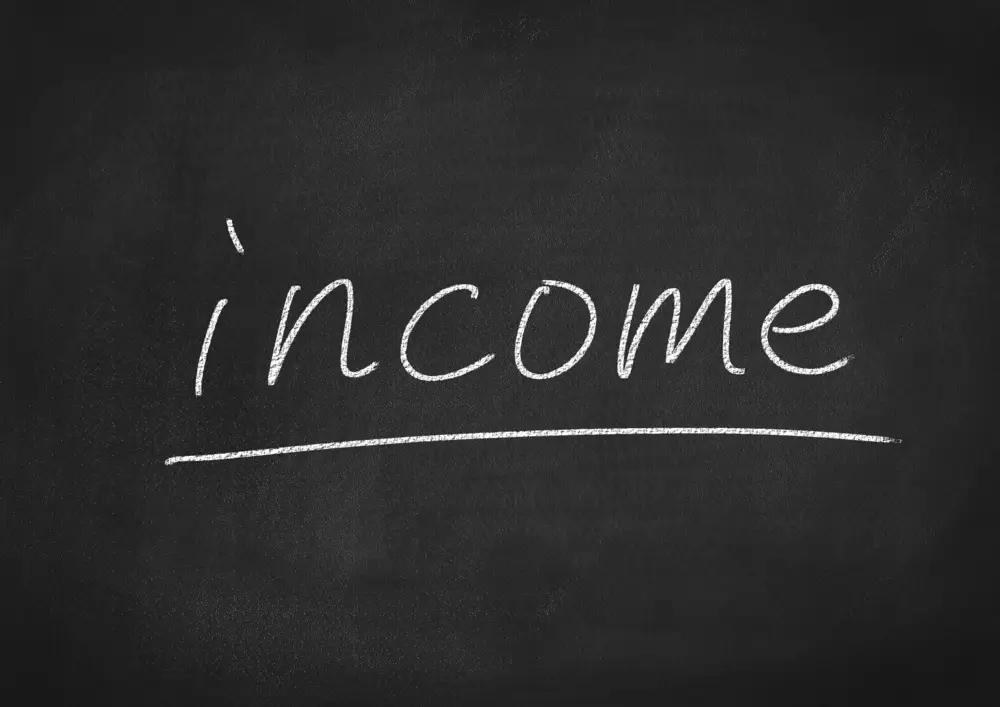How Consumers Are Budgeting Their Plans
Budgeting is now more crucial than ever in a culture when occasionally financial stability is elusive. Not merely about monitoring expenses, good budgeting is an ability that enables individuals to obtain financial independence and satisfy long-term goals.Thanks to fresh ideas and technical developments, individuals are looking for better ways to manage their money as the world economy grows. This all-encompassing handbook will cover the methods, strategies, psychological aspects how consumers are budgeting their plans that keep consumers safe financially.
Understanding Modern Budgeting
From hand ledger entries, budgeting has evolved significantly. These days, propelled by technology and catered to personal life, it is Modern budgeting is about creating a financial structure appropriate for personal objectives rather than merely cost reduction.
Mint and You Need A Budget (YNAB) and other digital tools and apps have transformed individuals’ tracking of income, spending, and savings. These instruments ease the budgeting process and offer practical insights as well. For example, YNAB’s proactive attitude to money management guarantees that every dollar has a purpose, therefore reducing financial stress.

Popular Budgeting Methods Consumers Follow
Different consumers use different budgeting strategies catered to their goals and financial situation. These three most often used tactics each have unique benefits:
- 50/30/20 Rule:
- This usually recommended method divides money into three categories: 50% for needs (such utilities, food, and housing), 30% for wants (such dining out and entertainment), and 20% for debt payback or savings.
- For individuals just beginning their budgeting adventure, it provides an easy yet effective structure for controlling discretionary expenditure against needed outlays.
- Envelope Method:
- Using actual envelopes set aside for particular expenses including grocery, transportation, and leisure, this conventional but successful method helps one save money.
- The tactile approach offers tangible weight based on expenditure limits. Once an envelope runs empty, it signals a stop to spend in that category, therefore encouraging awareness of financial discipline.
- Zero-Based Budgeting:
- a careful plan that allocates every dollar of income to a designated use, therefore guaranteeing no unallocated money. This covers debts, savings, investments, and costs.
- Encouragement of consumers to assess their financial condition holistically and to spend deliberately from every dollar encourages them to do so.
- This strategy especially helps those wanting to improve financial efficiency and reduce unnecessary expenditure.
These approaches enable consumers to modify their budgeting plans to match their personal financial goals and achieve improved financial control.
The Function of Technology in Budgeting
Technology has helped us to change our attitude to money. These days, software and tools for budgeting include a variety of functions meant for different uses:
- Mint: Lists purchases, tracks expenses, provides customized budgeting advice.
- YNAB: Designed to allow users aggressively budget their money and escape the payback-to-payback loop.
- PocketGuard shows discretionary income availability by applying target accounting for savings and payment availability.
These programs also offer automation like savings deposits and bill reminders, therefore reducing part of the mental strain of budgeting. Further improving financial literacy is AI-powered tools’ analysis of spending trends to suggest changes.

Strategies for Effective Consumers Budgeting Plans
Consumers that want to budget wisely must have a well-organized plan combining discipline with flexibility. Here are some thorough tactics:
Set Clear Financial Goals:
- First of all, state exactly your financial objectives. While long-term goals can include saving for retirement, purchasing a house, or creating a college fund for children, short-term goals can be debt payback on credit cards.
- Apply the SMART criteria—specific, measurable, realistic, relevant, time-bound—to help you to design and implement your goals.Saying, for example, “Save $10,000 for an emergency fund within 12 months,” rather than “Save more money” changes the meaning.
Track Expenses Consistently:
- Get used to constantly monitoring your expenses. You can do this with apps like Mint, spreadsheets, even a simple notebook.
- Sort spending into fixed (like utilities or rent) and variable costs (like dining out or shopping) to find areas where adjustments would be most needed.
- Analyzing monthly review spending trends guarantees match with your budget and helps you find likely places for savings.
- Adjust for Unexpected Expenses:
- Since life is unpredictable, build a sizable emergency fund to get you ready. Expert advice from smart people is to save three to six months’ worth of living expenses.
- Let your budget be flexible enough to meet unanticipated expenses like auto maintenance or medical fees without straying entirely off the financial path.
- Review your budget often to fit changes in your life, family additions, or career path. This keeps it relevant and strong.
- Prioritize Debt Repayment:
- First focus on paying off high-interest debt including credit cards if you want to progressively reduce financial stress.
- Consider using strategies like the debt avalanche—targeting high-interest debt first for maximum savings—or the debt snowball—paying off smaller bills first for instant results.
- Automate Finances:
- Plan frequent bill payments and transfers to savings accounts to ensure ongoing advancement toward goals and avoid late penalties.
- Automation increases your odds of following your budget and reduces the mental effort required to handle money.
- Engage in Regular Financial Check-Ins:
- Review your budget either weekly or monthly to track improvement and implement any adjustments.
- Celebrate successes—including reaching a savings goal—using these check-ins to keep motivated and maintain momentum.
- These strategies enable consumers to navigate challenges, take control of their money, and steadily meet their financial targets.
These techniques help customers to take charge of their money, negotiate obstacles, and progressively reach their financial goals.
Overcoming Challenges in Budgeting
These techniques help customers to take charge of their money, negotiate obstacles, and progressively reach their financial goals.
Although budgeting might be difficult, knowledge of typical mistakes and their fixes will improve results:
- Overspending:
- Use technologies that give real-time alerts to help you to set and follow spending limitations.
- Lack of Discipline:
- Program savings and bill payments to fight temptation and procrastination.
- Irregular Income:
- Base your budget on the lowest expected income; then, consider higher gains as extra income.

The Psychological Side of Financial Planning
Money management calls on psychology as much as it does arithmetic. Emotional expenses and poor financial habits sometimes throw off efforts at budgeting. For these issues:
- List the events or feelings—like stress or boredom—that cause unneeded spending.
- Review your financial objectives and value little successes to motivate you.
- Create habits:
- Plan weekly expenses to help you to regularly use budgeting.
Case Studies: How Consumers Budgeting Plans Got Successfully
Real-life examples provide valuable insights into effective budgeting:
- Case Study 1: Using the envelope approach, a single mother paid off debt and set up money for her child’s schooling. She reached her goals in five years by giving needs top priority over wants.
- Case Study 2: A young professional followed the 50/30/20 rule and tracked spending with Mint. Three years later, this approach helped them save for a house down payment.
These legends underline the need of dedication, organizing, and using technology to reach financial success.
Benefits of Budgeting for Long-Term Financial Health
Budgeting has many advantages, including:
- Financial Stability:
- guarantees that expenses do not exceed income, therefore lowering financial stress.
- Goal Achievement:
- helps clients save for major life events as homes, education, or retirement.
- Better Decision-Making:
- clarifies spending priorities, so guiding better financial decisions.

Tools and Resources to Get Started
Here are some useful tools and websites to start your road of budgeting:
- Mint, YNAB, PocketGuard: Budgeting Tools
- Books: “Your Money or Your Life” by Vicki Robin and “The Total Money Makeover” by Dave Ramsey.
- Online courses run from Coursera’s personal finance courses to Khan Academy’s financial literacy series.
- Downloadable budget spreadsheets available on Google Sheets and Microsoft Excel sites.
Conclusion
Clearly budgeting is the foundation of financial success. Modern technologies, tested strategies, and disciplined actions let everyone attain their financial goals. Start small, be consistent, and welcome technology to simplify the process. Remember, every dollar you save now advances you toward a rich and secure future.
Start tracking your costs by downloading a budgeting tool today and building a basic plan. To motivate others, share in the comments below your budgeting path and advice!



